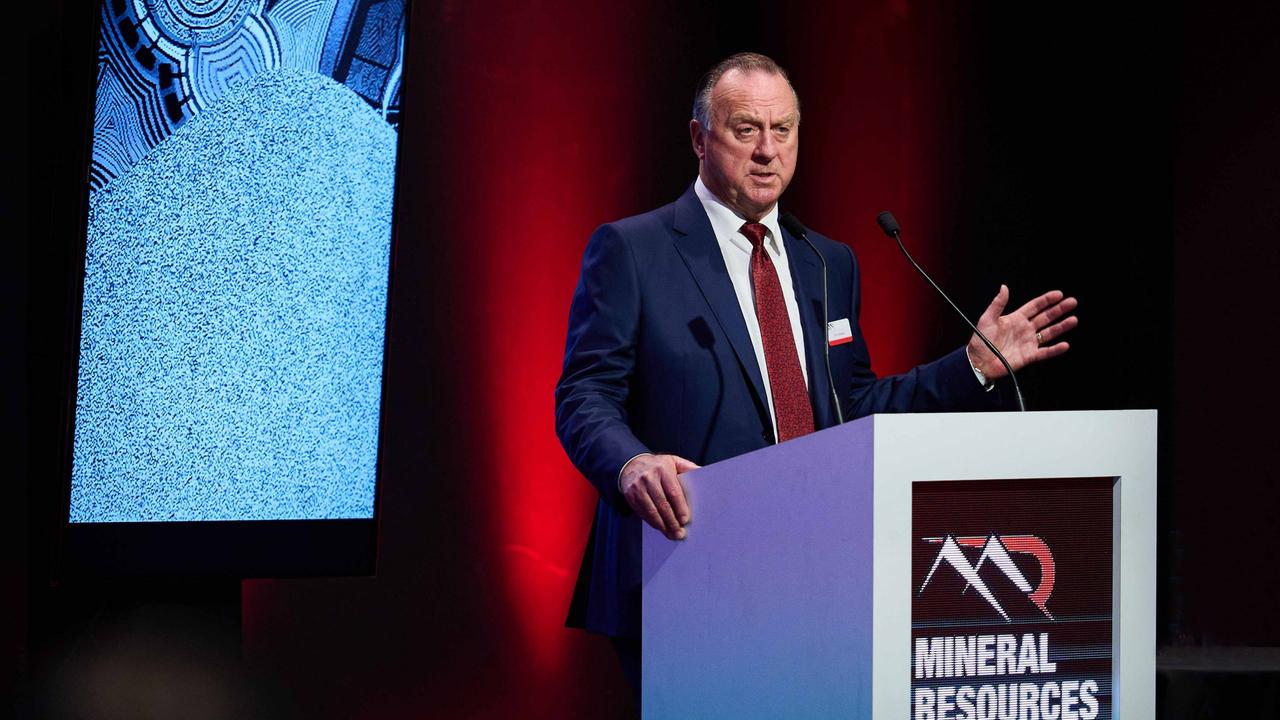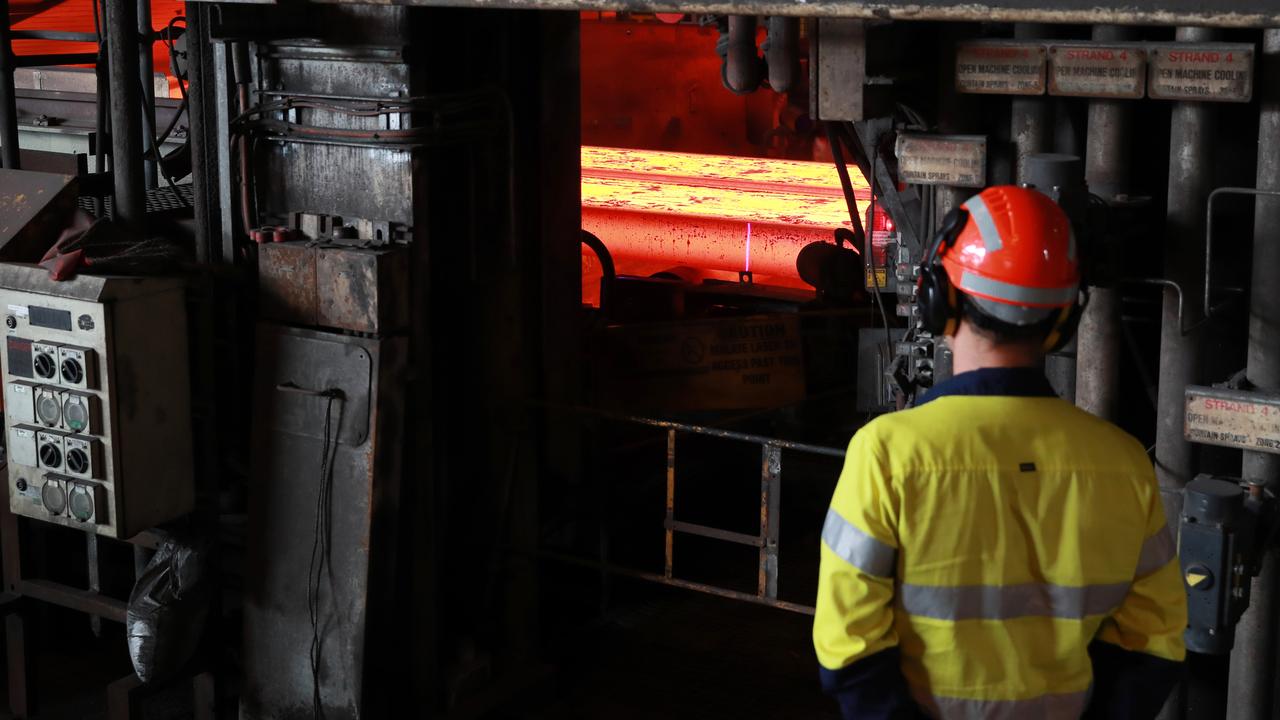New federal critical minerals strategy likely to disappoint industry hoping for bold plan
The federal government’s long-awaited new critical minerals strategy is likely to disappoint an industry hoping for a bold new plan.

Business
Don't miss out on the headlines from Business. Followed categories will be added to My News.
The federal government will earmark $500m from the Northern Australia Infrastructure Facility and promise to develop streamlined approvals processes in its long-awaited critical minerals strategy.
Federal Resources Minister Madeleine King, who will release the strategy on Tuesday, said the strategy had been in development for more than a year.
“It outlines the enormous opportunity to develop the sector and new downstream industries which will support Australia’s economy and global efforts to lower emissions for decades to come,” she said.
But the sector is likely to be disappointed with the strategy’s lack of ambition, given the government has delayed any decision about adding to Australia’s critical minerals list, and the policy document contains only one new spending measure – the earmarking of $500m from the Northern Australia Infrastructure facility.
The Albanese government went to the 2022 federal election promising to commit $1bn from its flagship $15bn National Reconstruction fund for “value-add in resources”, and another $3bn for renewables and low emission technology projects.
It inherited the Morrison government’s $2bn Critical Minerals facility, but $1.5bn of that is already committed through a $1.25bn loan to Iluka Resources to develop a rare earths processing plant, plus $185m to Renascor Resources for its graphite project in South Australia, and another $US40m for EcoGraf’s battery anode facility in WA.
The May federal budget added only another $57.1m over four years for “fostering international critical minerals partnerships” and another $23.4m on critical minerals policy development.

The critical minerals strategy will add another $500m to the total by tasking the NAIF to support aligned projects. The measures fall well short of proposals put forward by industry leaders – including Mineral Resources boss Chris Ellison and Iluka Resources managing director Tom O’Leary – who have pushed for far stronger measures to ensure investment capital is not lost to the US, given the massive incentives on offer through President Joe Biden’s Inflation Reduction Act (IRA).
Other mining leaders have called for domestic reservation for critical minerals, similar to Indonesia’s export bans on nickel and other raw commodities, to increase investment in local processing and refining – although that idea has been opposed by other sections of the mining industry.
Indications the government will look to streamline environmental approval processes for critical minerals projects will be welcomed, as they have been at the centrepiece of industry lobbying in recent years.
But the strategy puts no timeline on the process and makes no definite promises, stating only that it will be considered as part of a broader review of the Environment Protection and Biodiversity Conservation Act, already under way. “The government is considering how to identify and prioritise strategically significant mineral projects through this process to ensure faster approvals and strong environmental protections,” the strategy states.
“The federal Minister for the Environment and Water and Minister for Resources will meet regularly with state and territory counterparts to ensure these actions align with state and territory efforts to streamline approvals processes.” The government has also deferred industry calls for a significant broadening of the definition of “critical minerals”.

The current list includes 26 minerals, but effectively only eight commodities – lithium, rare earths, cobalt, graphite, manganese, silica, vanadium and bauxite, but the latter only for its use in the production of high-purity alumina. The US and Europe include a far greater range of commodities on their lists, with Europe even including coking coal. That is unlikely to be replicated in Australia, but aluminium, copper, nickel and zinc producers have been at the forefront of calls for the establishment of a broader list.
While a new list was expected to be published with the critical minerals strategy, the document published on Tuesday states only that the government will “establish a process to update the critical minerals list”.
“To clearly signal policy priorities for the sector, Australia’s critical minerals list will be published separately to the critical minerals strategy. The strategy sets out the government’s … policy direction, while the list can be updated in response to global strategic, technological, economic and policy change,” it states. “The government will analyse the value chain for each priority technology to identify where Australia is best positioned to capture market share. This analysis will also identify the critical mineral products and types of projects needed for these technologies. The government will prioritise support for critical minerals projects that underpin priority technologies and clearly contribute to the vision and objectives of this strategy.”
Ms King said increasing exports of critical minerals and energy-transition minerals could create over 115,000 new jobs and add $71.2bn to GDP by 2040.
The number of jobs could increase by 262,600, and the increase in GDP strengthen to $133.5bn by 2040 if Australia builds downstream refining and processing capability and secures a greater share of trade and investment, Ms King said.
“While the potential is great, so too are the challenges. The strategy makes it clear our natural minerals endowment provides a foot in the door, but we must do more to create Australian jobs and capitalise on this unique opportunity,” she said.
On the ASX, Critical Minerals shares rose 3c to 24c and Mineral Resources added 39c to $73.39.
More Coverage
Originally published as New federal critical minerals strategy likely to disappoint industry hoping for bold plan









